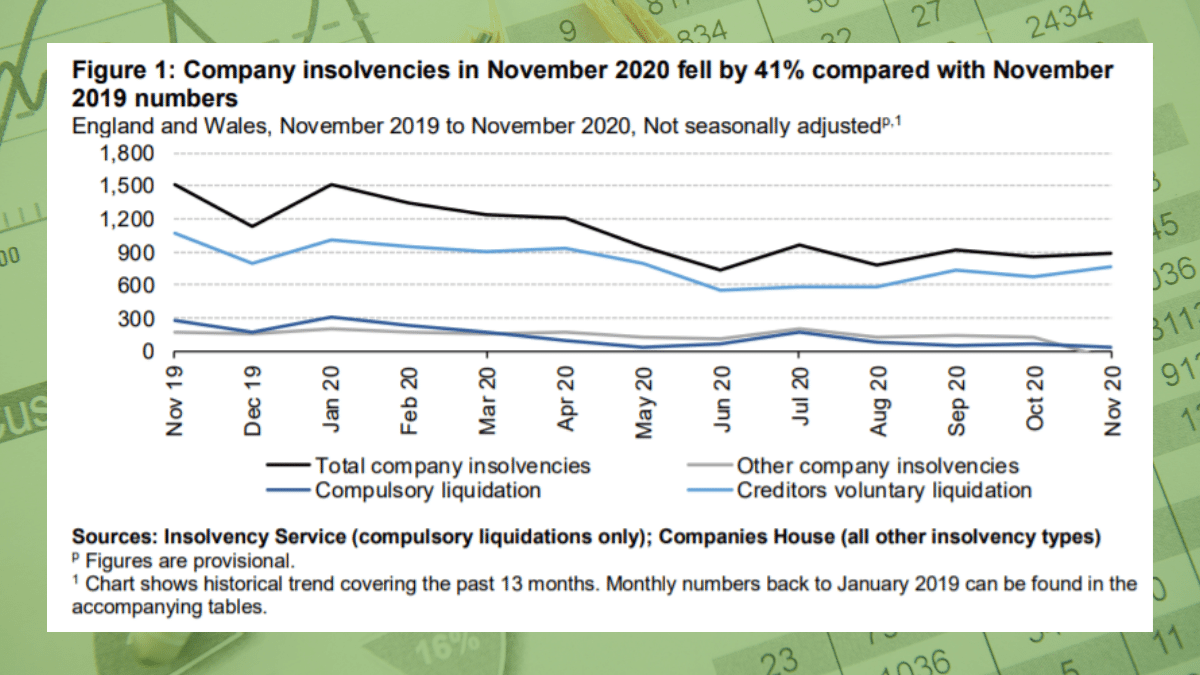The Single Strategy To Use For Insolvency Practitioner
The Single Strategy To Use For Insolvency Practitioner
Blog Article
Some Known Factual Statements About Insolvency Practitioner
Table of ContentsThe Single Strategy To Use For Insolvency PractitionerWhat Does Insolvency Practitioner Mean?Indicators on Insolvency Practitioner You Need To KnowEverything about Insolvency PractitionerThe 10-Second Trick For Insolvency PractitionerNot known Details About Insolvency Practitioner The Of Insolvency Practitioner
Insurance coverage is kept track of and regulated by state insurance divisions, and one of their primary purposes is shielding insurance holders from the threat of a business in monetary distress. When a company gets in a period of financial trouble and is not able to meet its commitments, the insurance policy commissioner in the business's home state launches a processdictated by the legislations of the statewhereby efforts are made to aid the business reclaim its monetary footing.If it is established that the company can not be refurbished, the business is declared bankrupt, and the commissioner will ask the state court to buy the liquidation of the firm. The insurance coverage commissioner, either assigned by the governor or elected, heads the state insurance policy department and screens and manages insurance task within the state.
[Back] By obtaining control of a business, the commissioner (or the insurance policy department) is, by legislation, the rehabilitator or liquidator of the firm. In this capacity, the commissioner or department takes control of the business's procedures. As opposed to do so directly, the commissioner may maintain an unique replacement receiver to monitor the business's tasks.
The 6-Minute Rule for Insolvency Practitioner
The receiver oversees an audit of the company's properties and liabilities and provides the estate of the company. In doing so, the receiver seeks to make the most of the business's properties, transfer them to money, and after that distribute that money to financial institutions having valid insurance claims versus the insurer according to repayment priorities specified by state legislation (in all states, insurance holders are priority claimants whose insurance claims are paid before those of general creditors).
All insurance coverage companies (with minimal exceptions) certified to offer life or medical insurance or annuities in a state need to be participants of that state's guaranty association. The guaranty association accepts the commissioner and the receiver in pre-liquidation planning. Insolvency Practitioner. When the liquidation is bought, the warranty organization gives coverage to the firm's policyholders who are state residents (up to the levels specified by state lawssee below; any benefit quantities over the warranty asociation advantage degrees end up being insurance claims against the company's remaining assets)

Our Insolvency Practitioner Ideas
Second, insurers doing organization in that state are examined a share of the amount called for to meet the section of the guaranty organizations' protected cases not otherwise moneyed with estate possessions. The quantity insurance companies are assessed is based on the quantity of premiums that they gather in that state. The National Organization of Life and Wellness Insurance Coverage Warranty Associations (NOLHGA) is made up of the life and health and wellness insurance coverage warranty associations of all 50 states and look at this now the District of Columbia.
NOLHGA develops a task pressure of depictive warranty associations to work with the insurance coverage commissioner to create a plan to secure policyholders. For more details on NOLHGA's function at the same time, see "What Is NOLHGA?" and "The Safeguard at the workplace." [Back]
You are below: Bankruptcy is when a company or individual can not pay debts when they schedule. There are a number of alternatives available to a bankrupt business or individual: ASIC regulates firms, it does not manage individual bankruptcy procedures. For additional information regarding personal bankruptcy and personal insolvency arrangements, see the Australian Financial Protection Authority site.
The Best Guide To Insolvency Practitioner
Predictive security by assisting you choose the right clients and the ideal markets to avoid uncollectable loan in the initial place, many thanks to severe economic analysis. Thorough market knowledge, supplying you with 360-degree presence on company industries and putting at risk difficulties. It would be a simplification to believe a trade credit report insurance policy starts and ends with premiums and pay-outs.
This can take place for a number of reasons, consisting of inadequate economic management, unforeseen costs, or a change in the market. If a business is bankrupt, it may be forced to fold or market off assets to pay lenders. This can have a significant effect on the service, staff members, and shareholders.
Why does a company get in into bankruptcy? There are a number of reasons why a company might enter into bankruptcy.
Insolvency Practitioner for Beginners
Various other factors for insolvency anchor consist of fraud, mismanagement, and unanticipated prices. Insolvency can likewise lead to job losses and the closure of businesses.
This can have severe effects for the company, its stakeholders, creditors and the economy. The business may be required to sell properties, gave up personnel or perhaps shut down. This can have a knock-on result on the regional area and the economic situation overall. Lenders may be left out of pocket and the company's shareholders may see their investment go away.
A Biased View of Insolvency Practitioner
This can occur for a variety of factors, including poor economic monitoring, unexpected prices, or a modification in the market. If a company is insolvent, it may be required to fold or sell possessions to pay financial institutions. This can have a major effect on the organization, staff members, and investors.

Other reasons for bankruptcy consist of fraudulence, mismanagement, and unanticipated costs. When a business comes to be insolvent, its properties are used to pay off its financial obligations. This can have a major effect on the business, as it may no more be able to continue running. Bankruptcy can also cause work losses and the closure of organizations.
Fascination About Insolvency Practitioner
The business may be forced to market possessions, lay off personnel or even close down. Financial institutions might be left out of pocket and the business's investors might see their financial investment disappear.
Report this page